A flatbed truck carrying two severely damaged vehicles rolls slowly by as we stand chatting on a concrete apron outside the headquarters of Fellten, an EV technology company based in Yate, near Bristol.
Your first impression might be that these sorry vehicles have come to their last resting place, but not so. Instead, they’re beginning a second life every bit as useful as the first.
The cars are electric cars, specifically a Ford van and a Tesla Model 3 saloon, and they’re about to donate their most vital organs – their traction batteries – to a new, rule-changing project that promises to do more for cleaning the environment than all the ZEV mandates you can climb over.
These batteries will join other second-lifers in a new-tech Fellten high-voltage battery pack called Charge Qube, a 10ft ISO-certified corrugated steel container that can be moved singly or in groups wherever you want on the back of a truck.
It comprises an array of up to six second-life car batteries to provide affordable juice for electric cars where full-on grid connection is either difficult, inconvenient, too expensive or impossible.
According to Fellten co-founder Chris Hazell, whom we visited at Yate to hear the story, Charge Qube is the first product in his six-year-old company’s already busy history that isn’t “passion driven” by a simple love of cars.
But he also believes Fellten’s exotic history of electric car creation has proved there is a powerful need for just such a product.
Fellten started life under the name Zero EV in 2018, and it has rapidly become part of that group of small but prolific technology companies on which this country bases its claim to be a leader in advanced EV technology.
Hazell says he started messing with electric vehicles having built some potent combustion-engined cars in his youth, when he discovered that “everything had been done”.
Everyone was running into the same performance limits, he says. If you built anything super-special it would probably be unreliable and use too much fuel, so it couldn’t be used as a daily driver.
Hazell’s career in large-scale power management started early. First he worked in stage electrics but soon graduated to big stuff.
During the 2012 London Olympics, he was put in charge of keeping 650 generators healthy. The much-praised opening ceremony alone needed power from eight massive generators mounted on barges in the middle of the Thames.

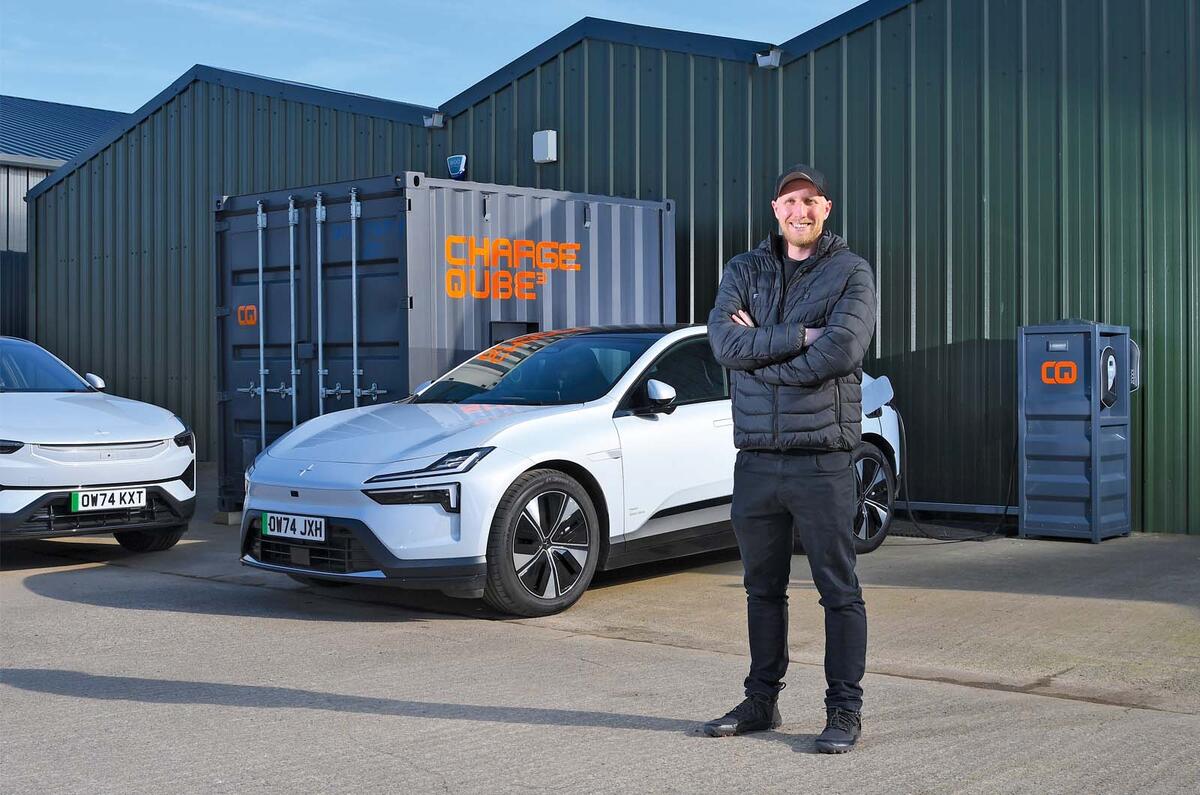
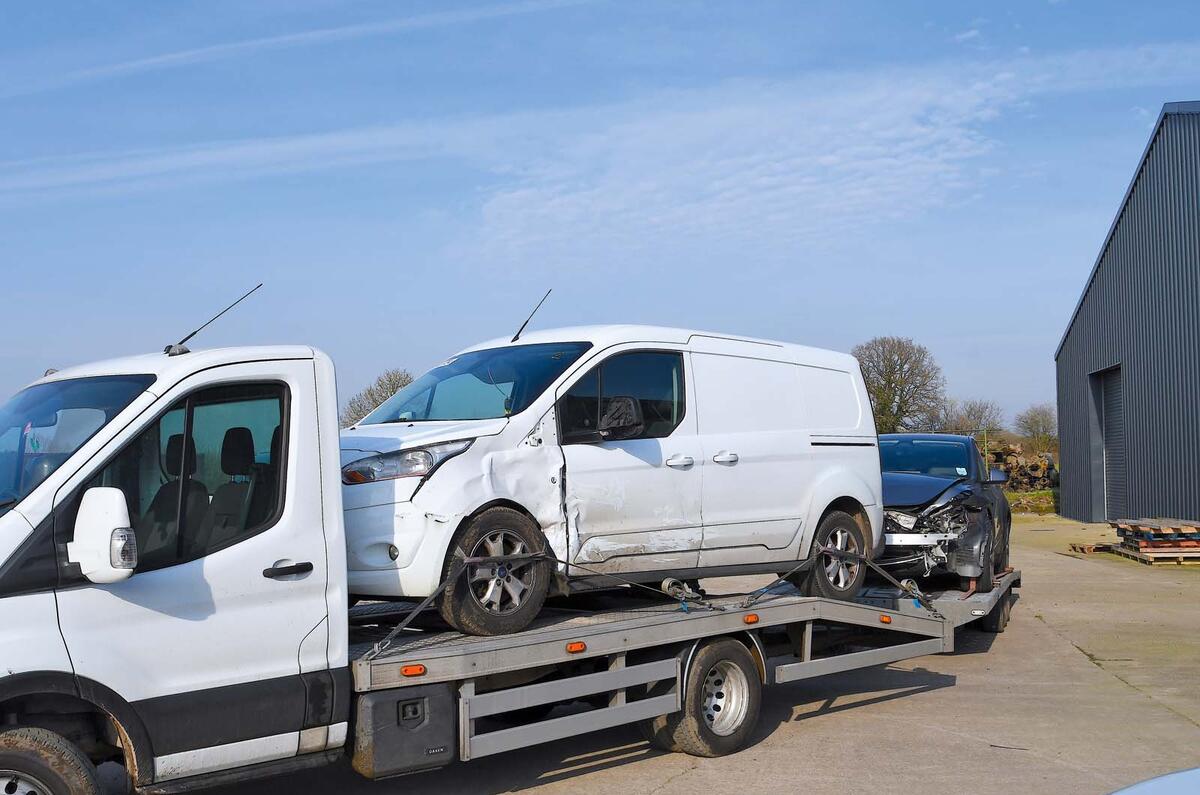
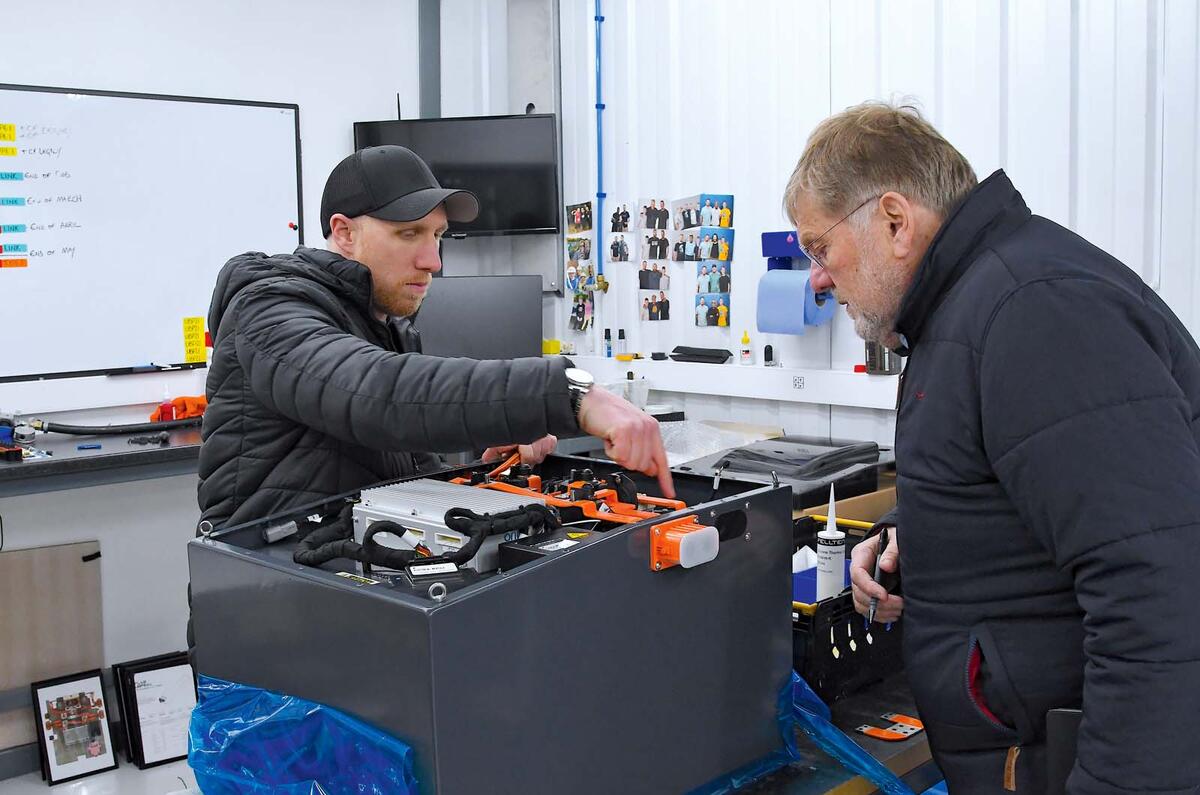








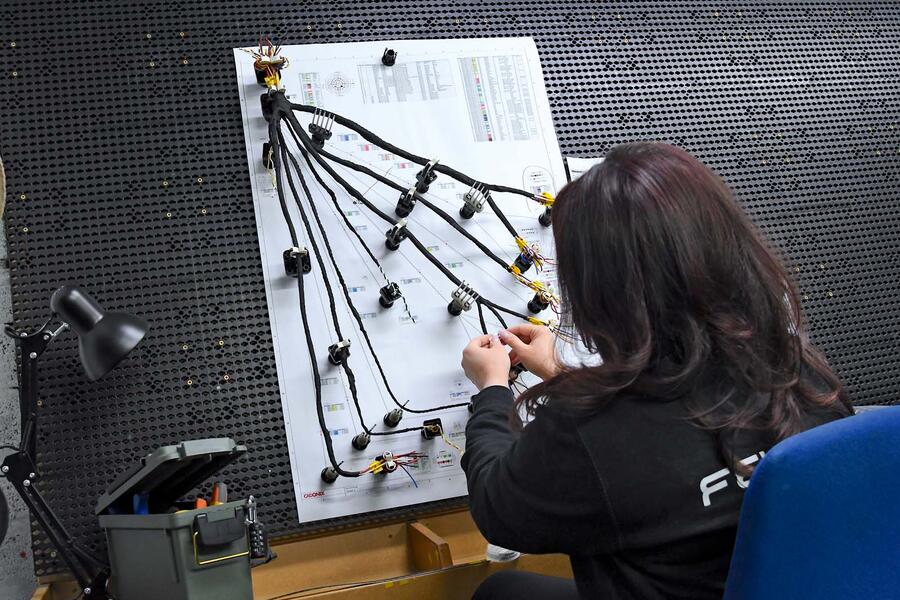

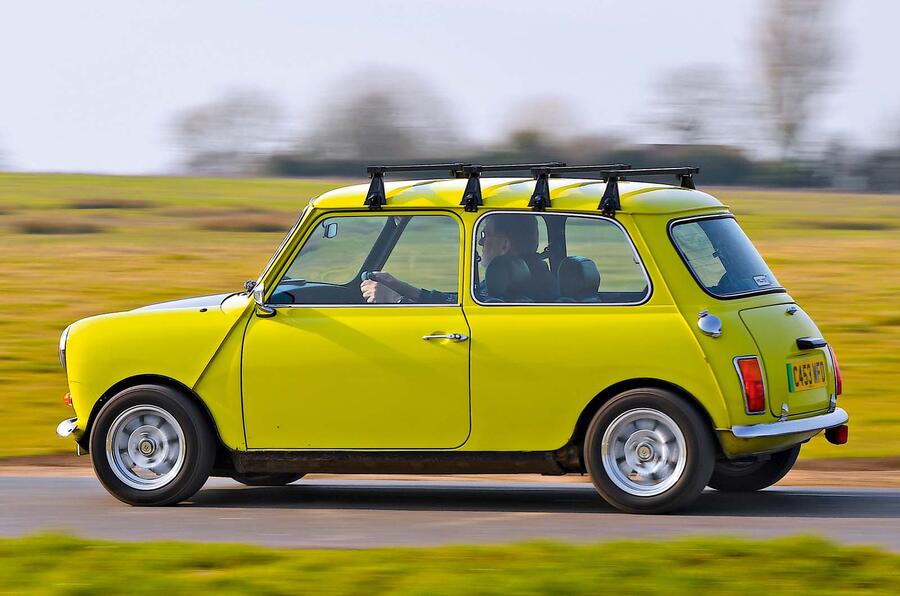






Join the debate
Add your comment
In theory a great idea about what about battery decay? These second hand batteries are probablu running at 50-70% of their original capacity and as they get used in this container decay even more. Or have I missed something? Then when his batteries really are at the end of their life then it needs recycling which he dismisses, lithium recovered isn't just used for car batteries but nearly every electronic device has a lithium battery these days!
Lithium is cheap and plentiful.
The recycling angle for electric cars (other than this type of re-use) is still just pure fantasy more than a decade into widespread EVs. It was just a made up lie repeated ad-nauseum that these thing would be gold dust at the end of life and that companies would be clamouring for them.
The recycling just doesn't exist - and when people do start to try it, the challenge of processing the dozens of chemistries in hundreds of different vehicles (with it not even being consistent across one model) will be formidable.
We're still a decade away from EVs being the solution.
That’s actually not the case anymore. Companies like Redwood Materials in the US and firms in the UK like Recyclus Group are already recycling batteries — EV and otherwise — and recovering +95% of the raw materials. These go straight back into manufacturing, (cuts mining and shipping heavy minerals across the world). It's growing fast, with new jobs and local industry being built around it.
As for the different chemistries, larger recyclers can handle that, no problem.
Actually, used/end of life EV's batteries average 88% health, with typical loss at 3% in year one, then ~1% yearlyafter that. Far from being 50–70%, they’re often still in great shape and outlast the car itself.
These batteries can be reused for 5–10 years in energy storage — no mining, manufacturing, or overseas shipping needed. And when they're finally done, they can be recycled back to raw materials. A clear win-win-win.